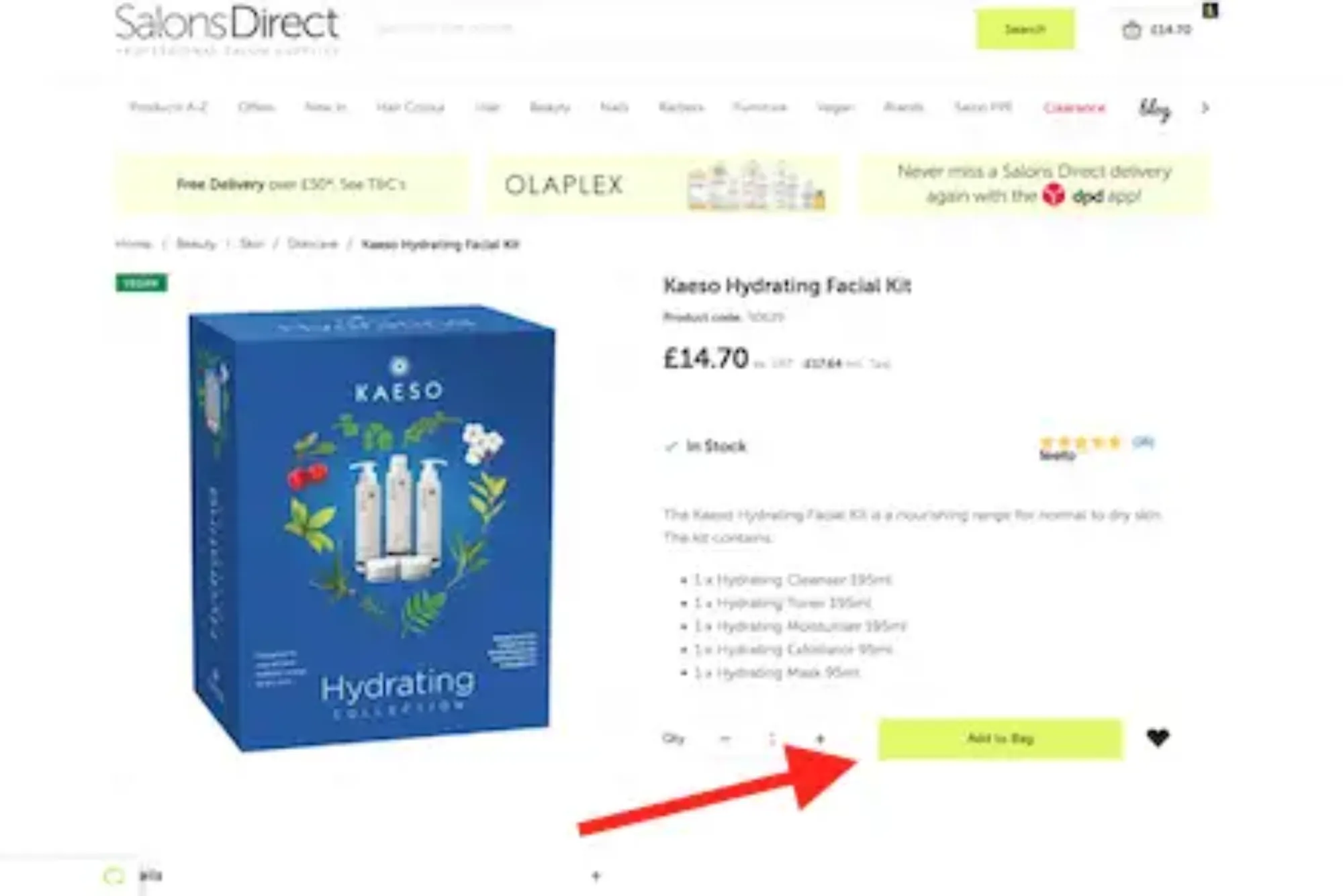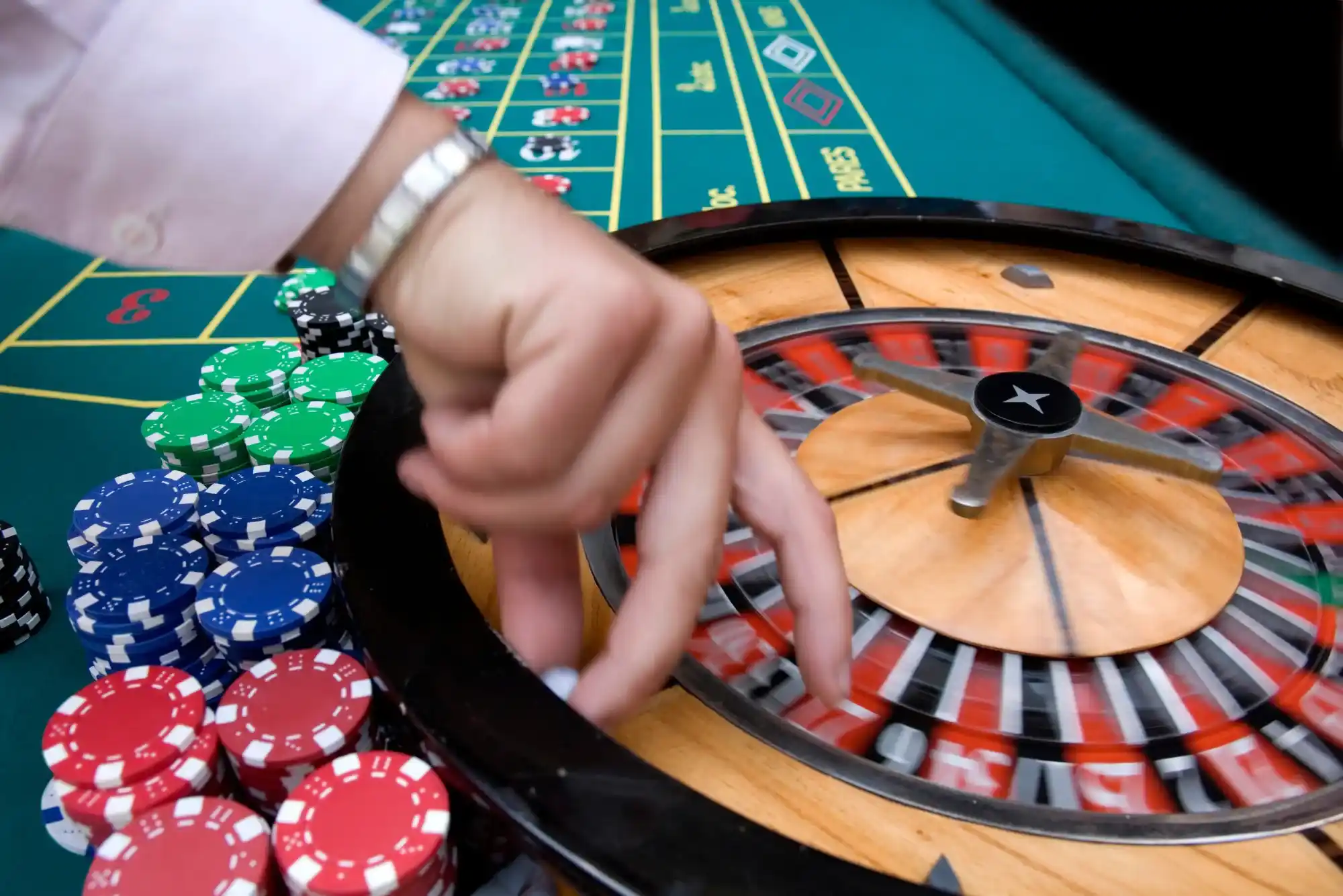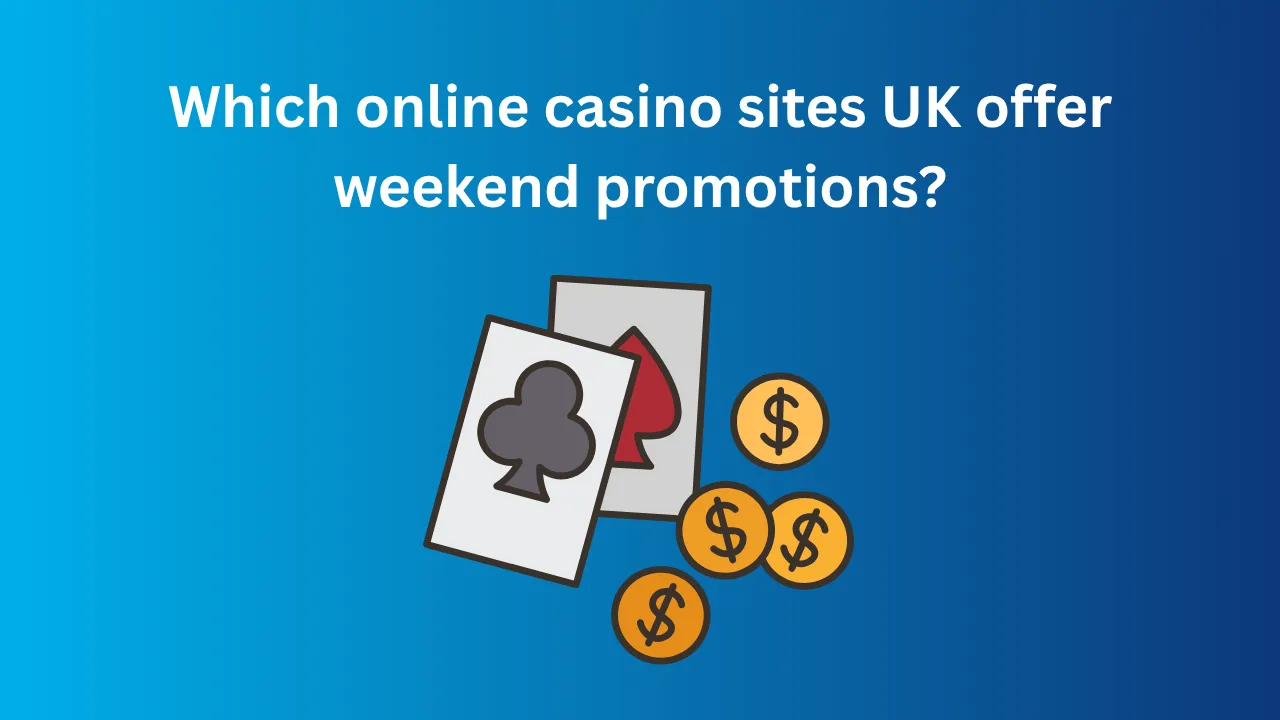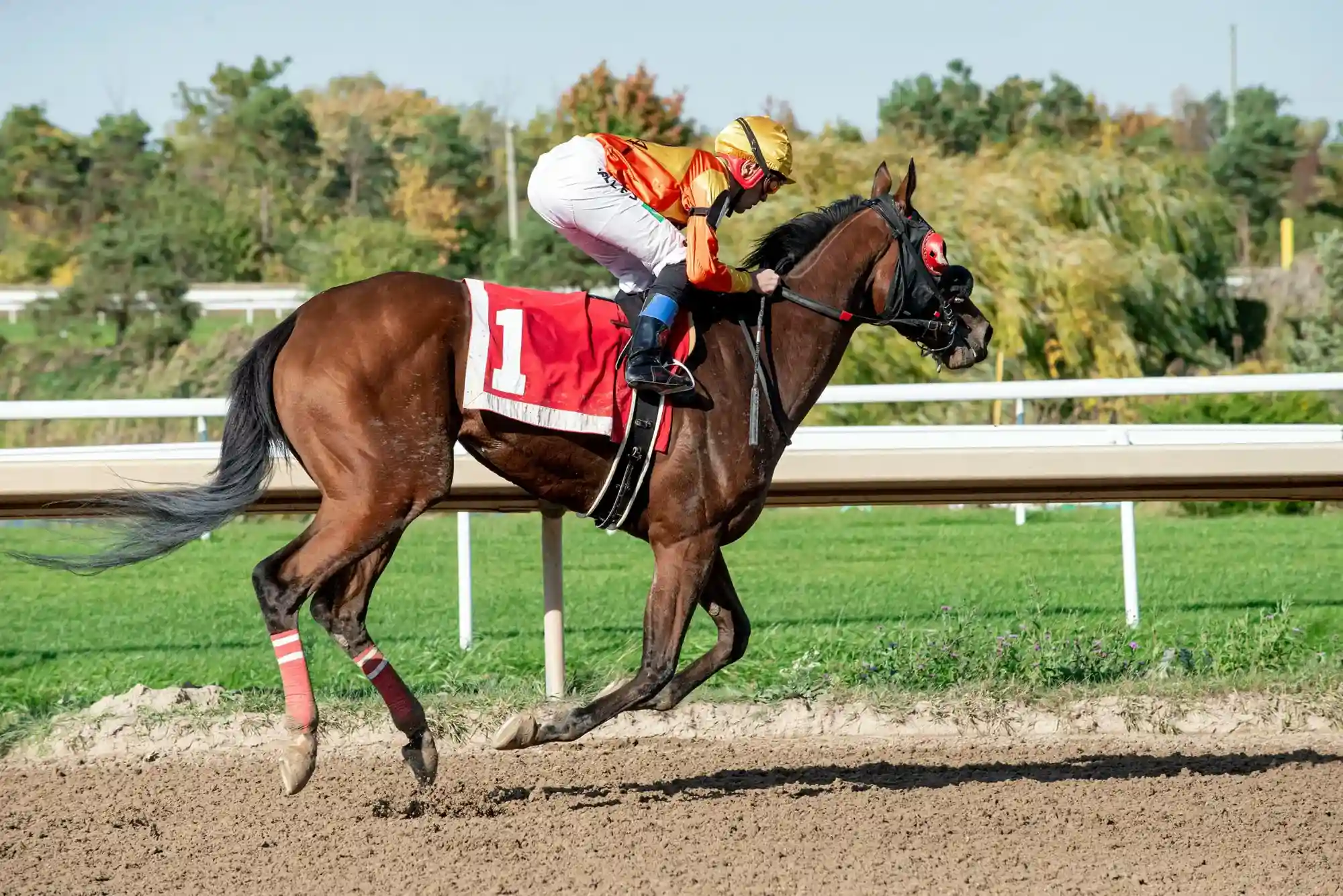The most common “strategy” debate I hear from newer slot players is whether to gravitate toward games with frequent respin mechanics or chase titles whose headline value sits inside elaborate free spin or pick’em bonus rounds. Having tested hundreds of releases (for work, content reviews, and pure curiosity), I can tell you the answer isn’t a binary yes/no. It’s about volatility shape, bankroll endurance, psychological pacing, and how the math model allocates expected value (EV) between base game, respins, and feature rounds. This article breaks that down in a human, practical way—so you can decide which structure actually suits your goals and playing style instead of being swayed by promotional hype.
Defining Respins vs. Traditional Bonus Features
Before we compare, we need crisp definitions. A respin is typically a single (or short chain of) extra spin(s) triggered immediately after a qualifying event—often locking certain symbols in place while the remaining reels spin again. Some respin systems iterate (e.g., hold-and-win, sticky symbol expansions, accumulating coin values with reset counters). A traditional bonus feature usually requires a separate trigger threshold—scatter symbols leading to a free spins mode, a pick bonus, a trail, or a dual-stage feature with multipliers or modifiers. In many modern titles, both elements coexist, but their share of the return-to-player (RTP) pie differs.
In practical player ecosystems—especially comparative arenas like crypto betting sites uk—understanding how a game distributes EV is vital for bankroll sizing, session length planning, and emotional resilience. Hyper-liquid crypto platforms often list newly dropped slots quickly; those releases may lean into visible respin loops to reduce perceived dead space for fast-wallet players.
How Game Math Allocates Expected Value
Designers segment RTP into base game hits, respin packages, and major bonuses. A high-frequency respin title might channel, say, 25–35% of total RTP into micro-features that fire every few dozen spins, leaving a leaner top-end bonus. Conversely, “all the juice in the feature” designs might allocate 45–60% of RTP to a rarer, highly leveraged free spin round with multipliers that shape the long-tail distribution.
EV Density vs. EV Concentration
I like to think in terms of EV density (how much return you experience per unit time) and EV concentration (how lumpy that return is). Respins boost density by sprinkling medium outcomes through the session; big bonus-centric games concentrate EV into rarer spikes. Your subjective enjoyment—and risk of tilt—often correlates with which pattern matches your temperament.
Volatility Shape and Bankroll Implications
Volatility isn’t just “high or low.” The shape describes how the distribution’s mass sits between small, medium, and max events.
-
Respin-Dominant Games: Flatter midsection. You see frequent incremental recoveries (locking wilds, coin collect values, respin grids). Bankroll drawdown curves are smoother, letting smaller bankrolls endure longer at a fixed stake.
-
Feature-Heavy Games: Thin midsection but a fatter extreme right tail. You may drift downward longer waiting for the feature, then either spike meaningfully or remain in deficit. Requires deeper bankroll or adaptive bet sizing to avoid premature bust-out before long-term EV materializes.
If you measure bankroll endurance as spins until 70% depletion, respin games often outperform at identical RTP because interim medium wins delay the erosion. However, if your objective is ceiling chasing (occasional large multipliers), the concentrated feature model wins.
Psychological Pacing & Player Experience
Human cognitive bias loves progress signals. Respins deliver micro-dopamine loops: lock symbol → anticipation → resolution within seconds. They reduce “dead-air boredom.” That can be positive—less frustration—yet can mask loss recognition because you’re constantly “almost winning.” Feature-chasers endure longer “quiet” spans, which can cause impatience, but when the bonus finally lands, the salience of that event is high—encouraging session stop-points (a harm-minimization plus if you quit after a big round).
Personally, I find respin-centric sessions encourage longer continuous play; feature-driven sessions nudge distinct emotional chapters (pre-feature grind, feature climax, post-feature reassessment).
Transparency and Perceived Control
Respins often present explicit progress mechanics: filling a meter, collecting coins, expanding frames. That visible state progression gives a quasi-skill illusion—even though probabilities remain math-driven. Traditional bonuses sometimes feel binary: “Not triggered” vs. “Triggered,” with little mid-term feedback beyond seeing two scatters land and miss the third. If you value information and incremental milestones, respins feel more satisfying.
However, the illusion of inevitability (“The grid is almost full; a big round is guaranteed if I just keep going”) can entice you to extend sessions beyond pre-set limits. Recognizing that each respin’s incremental EV is often modest helps maintain discipline.
RTP Realities and Misconceptions
Players sometimes think respin-heavy games “must” have lower RTP because they “pay too often.” In reality, RTP is orthogonal to frequency; it’s the average across the entire state machine. Designers simply reallocate payout sizes. Frequent micro-wins can produce a lower hit-to-return efficiency (more animation and anticipation for modest net credit changes). Feature-heavy titles appear “cold” but may deliver a higher average payout per triggering event, preserving overall RTP.
Another misconception: games with giant top-end multipliers are inherently better. If the top 0.0001% outcomes absorb a big chunk of the theoretical maximum, the median feature result can disappoint. Respins with capped jackpots might yield a higher median session return even if the absolute max is smaller.
Measuring Practical Value: A Simple Framework
When I review a slot, I jot four quick metrics over a controlled test sample (e.g., 2,000 demo spins at a stable stake):
-
Hit Frequency: % of spins yielding any return.
-
Mid-Tier Frequency: % of spins returning ≥5× stake but <50×.
-
Feature Frequency: Triggers per spins.
-
Retention Recovery Rate: % of cumulative loss recovered within 20 spins after a trough.
Respin titles tend to excel in mid-tier frequency and retention recovery. Feature titles excel in maximum single-event payout potential. Mapping these helps me align a title with my current session goal: “entertainment time” vs. “jackpot hunting.”
Bankroll Strategy Adjustments
If you opt for respin-heavy play:
-
Maintain a consistent stake; the math’s smoothing reduces need for aggressive bet adjustments.
-
Set a session profit stop even if it feels like “I can grind further”—micro-wins can slowly drift back to net zero over time.
-
Track net gain after major respin clusters; if a high-value hold-and-win style round pays out decently, consider lowering stake post-event to lock in value.
For feature-heavy titles:
-
Use a tiered staking approach where you start at a moderate bet, and only scale modestly after extended no-feature intervals if bankroll buffer permits (avoid dramatic “martingale” escalations).
-
Predefine a maximum feature chase length (e.g., 400 spins) to avoid indefinite pursuit.
-
After a large feature hit (>150×), consider stopping; expected incremental EV may not justify psychological variance if fatigue sets in.
Responsibly Evaluating Excitement vs. EV
Excitement has utility—many players value engagement per minute over raw theoretical profit. Respins supply more engagement minutes per bankroll unit. But if that engagement leads to extended time-on-device beyond healthy limits, the advantage becomes a liability. Bonus features, by creating natural narrative endpoints, sometimes encourage breaks. Know which behavioral pattern you slip into and choose accordingly.
Hybrid Models & Modern Innovation
Recent releases blend both: a base game with random respin triggers feeding a collection meter that augments a future free spins bonus. These “EV layering” designs can be brilliant or bloated. Evaluate whether the collection mechanic meaningfully enhances the eventual feature (e.g., added wild reels, persistent multipliers) or just extends your average cost. If the pre-feature collection adds only marginal incremental value unless completed multiple times, its opportunity cost may be high.
Another evolution: selectable volatility bonuses where you choose fewer free spins with higher multiplier or more spins with lower multiplier. Respins rarely offer such explicit choice; their adaptivity is coded. If you enjoy agency, feature-centric games with selectable paths might appeal more.
Edge Cases: Progressive Jackpots & Hold-and-Win
Hold-and-win respins (sticky coin values resetting a respin counter and awarding sum-of-coins plus fixed jackpots) can emulate “mini bonus” territory. Here, respins are the feature. The question shifts: is that loop delivering enough variety? If the only variance is coin denomination, boredom may set in faster unless a progressive jackpot overlay exists. In contrast, free spins with expanding multipliers create evolving state dynamics each spin.
Data Collection for Personal Optimization
I recommend short, disciplined data logs:
-
Record 500 spins on a respin title and 500 on a feature title at identical RTP versions (important because some markets offer variable RTP sets).
-
Capture total cost, number of medium wins (≥10×), largest single hit, and emotional fatigue rating (1–5).
-
Compare cost per perceived satisfaction unit. You may find respins “feel” better but produce lower net satisfaction per monetary unit because novelty decays sooner.
When Respins Are Not Better
Respins lose their edge if:
-
The respin mechanic caps too low relative to stake (top cluster rarely exceeds, say, 50×).
-
Animation time slows overall spin throughput, inflating time cost for modest returns.
-
Symbol lock probability is overly stingy, producing frequent near-miss frustration.
-
You are explicitly chasing large bankroll multipliers (≥500×) where feature games with multiplier ladders statistically dominate.
When Bonus Features Are Not Better
Bonus features underwhelm if:
-
Trigger frequency is so low that bankroll volatility exhausts your session before meaningful sampling.
-
The median free spin result is under 30% of the average advertised potential, creating repeated psychological disappointments.
-
Feature scripting is overly linear (no retriggers, no progressive modifiers) reducing long-term engagement.
Balanced Recommendation
If your priority is time-on-bankroll and consistent light engagement, prioritize high-quality respin/hold-and-win or hybrid accumulation titles—especially in faster transactional environments where you might dip in and out. If your goal is occasional high-impact wins and you can manage variance with disciplined stop points, feature-centric games are superior. Most players benefit from a portfolio approach: use respin titles for reconnaissance sessions (testing stake comfort, warming up) and switch to a feature game when you’re psychologically fresh and prepared for variance.
Final Thoughts
So, are respins “better”? They’re better for smoothing variance, extending session length, and delivering continuous micro-engagement. Bonus features are better for episodic excitement spikes, psychological closure points, and chasing higher individual event ceilings. The superior choice depends on your bankroll depth, emotional tolerance for drawdowns, time available, and objective (entertainment minutes vs. potential big-hit pursuit). Understand where each mechanic parks its slice of RTP, and you’ll stop asking which is universally better—and start selecting which is situationally optimal for you.









